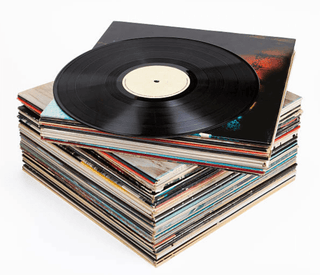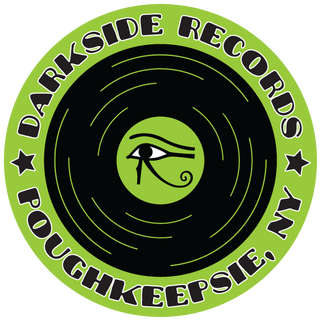Lightnin' Hopkins: His Life and Blues

2011 ARSC Award for Excellence in Historical Recorded Sound Research for Best History
By the time of his death in 1982, Sam “Lightnin’” Hopkins was likely the most recorded blues artist in history. This brilliant biography illuminates the many contradictions of the man and his myth. Born in 1912 to a poor sharecropping family in cotton country, Hopkins left home when he was eight years old with a guitar his brother had given him. This biography explores his meetings with Blind Lemon Jefferson and Texas Alexander, his time on a chain gang, his relationships with women, and his lifelong appetite for gambling and drinking. Hopkins began recording in 1946, when he was dubbed “Lightnin’” during his first session, and he soon joined Muddy Waters and John Lee Hooker on the national R & B charts. But by the time he was “rediscovered” by Mack McCormick and Sam Charters in 1959, his popularity had begun to wane. A second career emerged--now Lightnin’ was pitched to white audiences, not black ones, and he became immensely successful. This biography is based on scores of interviews with Lightnin’s lover, friends, producers, accompanists, managers, and fans.
2011 ARSC Award for Excellence in Historical Recorded Sound Research for Best History
By the time of his death in 1982, Sam “Lightnin’” Hopkins was likely the most recorded blues artist in history. This brilliant biography illuminates the many contradictions of the man and his myth. Born in 1912 to a poor sharecropping family in cotton country, Hopkins left home when he was eight years old with a guitar his brother had given him. This biography explores his meetings with Blind Lemon Jefferson and Texas Alexander, his time on a chain gang, his relationships with women, and his lifelong appetite for gambling and drinking. Hopkins began recording in 1946, when he was dubbed “Lightnin’” during his first session, and he soon joined Muddy Waters and John Lee Hooker on the national R & B charts. But by the time he was “rediscovered” by Mack McCormick and Sam Charters in 1959, his popularity had begun to wane. A second career emerged--now Lightnin’ was pitched to white audiences, not black ones, and he became immensely successful. This biography is based on scores of interviews with Lightnin’s lover, friends, producers, accompanists, managers, and fans.



